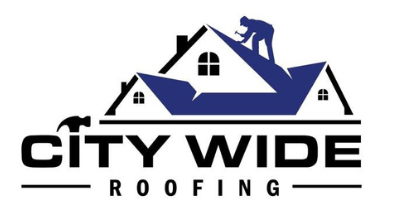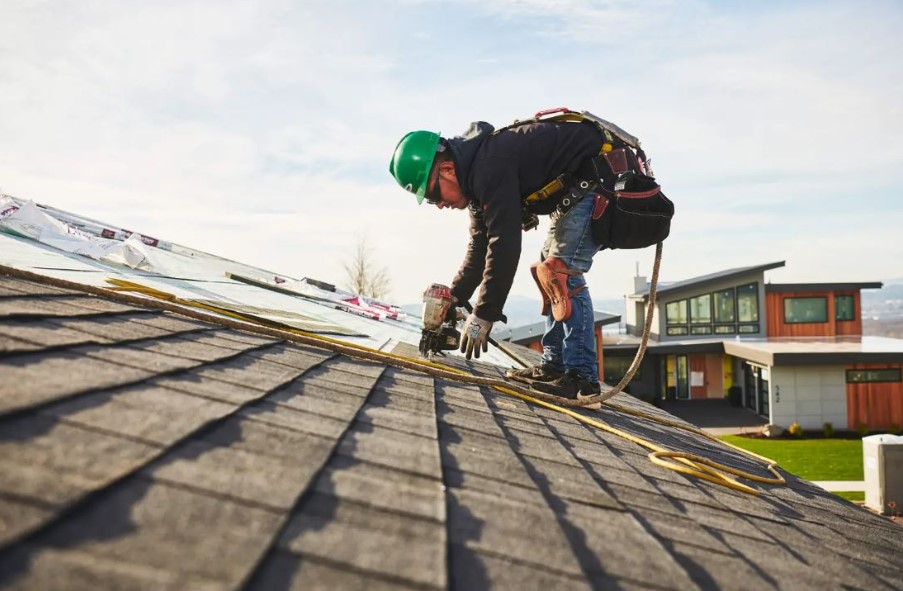‘Safe Ascent: Prioritizing Roof Installation Safety’ is a comprehensive guide that underscores the paramount importance of safety in roof installation procedures.
Crafted in a professional, detail-oriented manner, it offers a deep-dive exploration into the risks associated with roofing and the protective measures that ensure secure operations.
The guide accentuates the significance of a collective commitment to safety norms, fostering a sense of belonging amongst readers.
From experienced professionals to novices in the field, it provides crucial insights to effectively navigate the complexities of roofing safety, reinforcing the adage that safety is not merely a protocol, but an integral part of the craft itself.
Understanding Roof Installation Hazards
In the realm of roof installation, it is imperative to comprehend the inherent hazards associated with this specialized domain to ensure optimal safety protocols. A lack of understanding can lead to serious injuries, accidents, or even fatalities.
Key risks include falls from heights, trips and slips, structural instability, weather conditions, and the handling of heavy materials and machinery.
Each of these hazards requires specific preventative measures, such as proper equipment, training, and adherence to safety regulations.
By recognizing these risks and implementing effective safety strategies, we are not only protecting workers’ lives but also fostering a culture of safety and security.
A well-informed and prepared team is the backbone of successful, safe roof installation operations.
Essential Safety Measures in Roofing
How can we ensure the utmost safety during roof installations? The key lies in adherence to prescribed safety measures, which are designed to protect both workers and homeowners.
Here are three essential safety measures that should be prioritized:
– Using appropriate personal protective equipment (PPE): This includes items such as safety harnesses, hard hats, and non-slip footwear.
– Regular safety training: Ongoing training ensures that workers are familiar with safety protocols and can recognize potential hazards.
– Proper site management: Organizing and maintaining a clean workspace can prevent accidents caused by tripping or falling debris.
Conclusion
In conclusion, the importance of safety in roof installation cannot be overstated. Safety measures act as an invaluable umbrella, shielding workers from potential hazards.
By understanding the risks and implementing essential safety precautions, the construction industry can ensure a significant reduction in accidents, enhancing productivity, and promoting a healthier work environment.
With safety as a top priority, roof installation can indeed be a safe ascent rather than a perilous descent.


